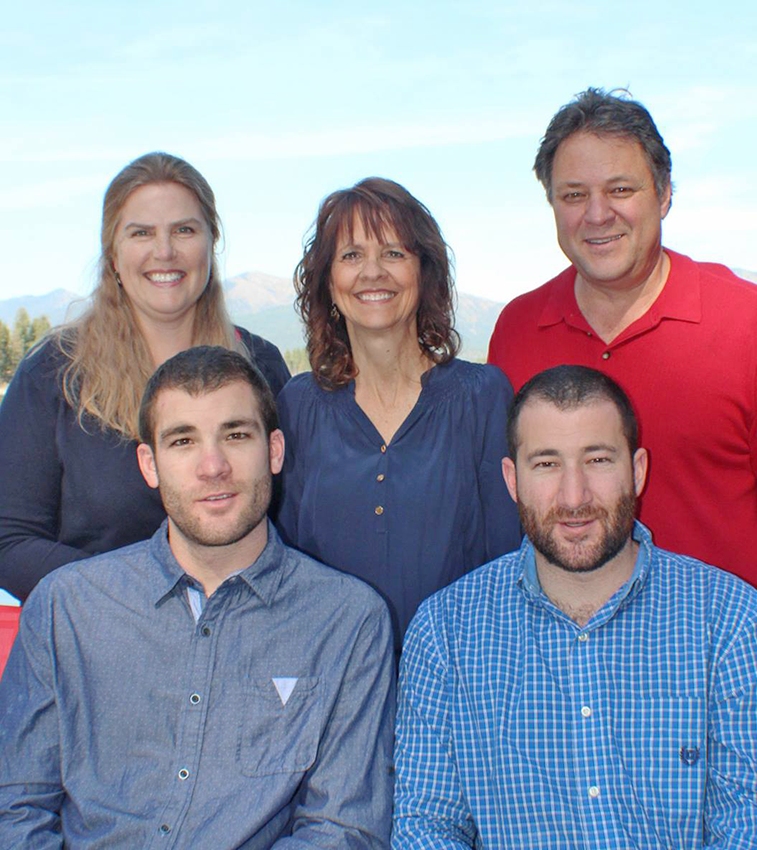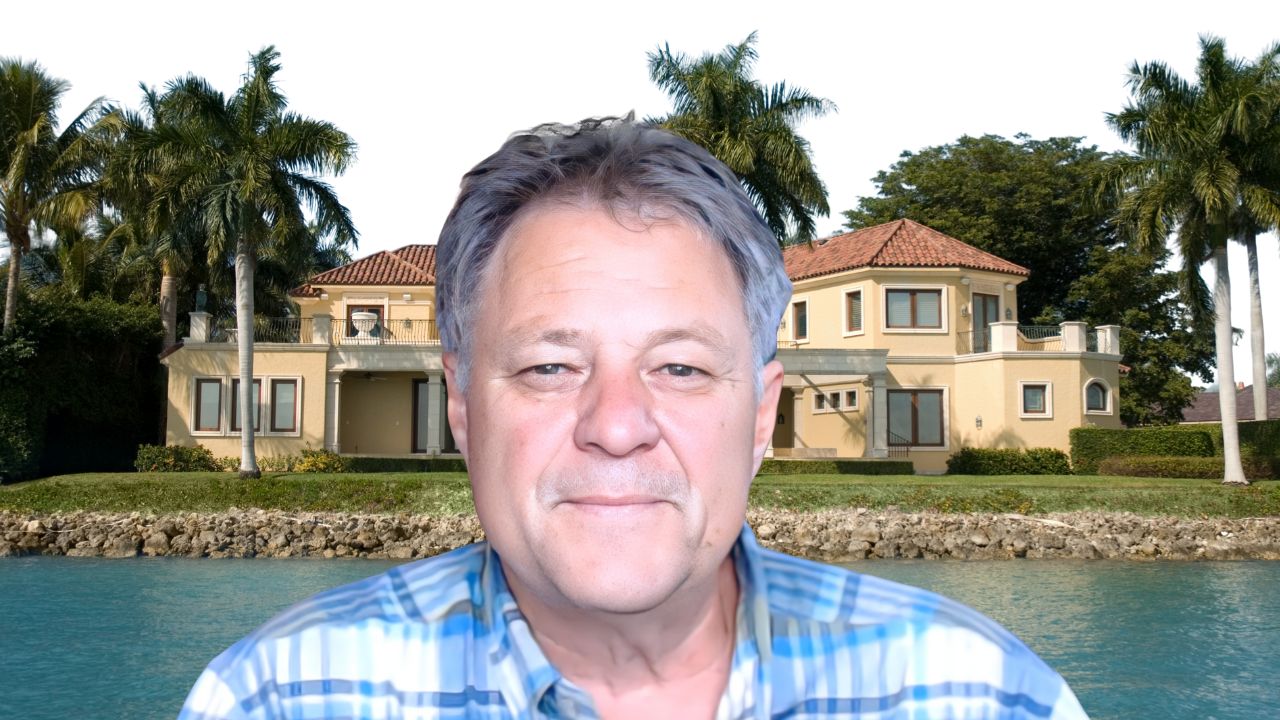Looking to Buy a Home? Search the entire MLS for homes located in the Flathead Valley.
Home Search
What happens when Montana’s largest lake falls three feet below where it should be in the middle of summer? That’s precisely what we’re facing now. Flathead Lake, which typically sits at 2,893 feet during peak season, is projected to drop to 2,890 feet by August, according to new data from Energy Keepers. That’s not a slight dip, it’s a serious decline with real consequences for farmers, businesses, property owners, and our entire local economy.
In May, Energy Keepers predicted the lake would reach 2,892.3 feet by mid-June. Just last week, they lowered that forecast to 2,891.9 feet, with continued decline expected through July 4 and into August. Compare that to the normal full pool of 2,893 feet maintained from June 15 to September 15, and you can see the gap and the risk. Flathead’s water problems are tied to several factors.
Warm, dry weather has hit early and hard. April and May brought only 70% of normal precipitation. As of June 9, snowpack in the Flathead Basin dropped to just 43% of average, down from 54% the previous week. Streamflow in the Middle and North Forks of the Flathead River is at half of normal. The South Fork isn’t much better, sitting at 53%. Hungry Horse Reservoir is also below its 10-year average.
Poor dam oversight is making things worse. The dam at the southern end of the lake is managed by Energy Keepers, Inc., the entity formed after the dam was transferred to the Confederated Salish and Kootenai Tribes. While they did receive a flood risk management deviation this spring to hold more water, they’ve only been required to fill the lake, not maintain it. Once the full pool is reached, there is nothing in place to maintain it. That’s the real issue. Farmers are facing a shortened irrigation season. One I know personally said he’ll only get one cut of hay. Boat owners are already dealing with shrinking shorelines, and some private docks may be unusable. Even if public ramps remain open, the overall experience on the lake will be limited.
Action is needed now. We need updated regulations that reflect current conditions. That means contacting your congressional representatives, the Department of the Interior, and state leaders to demand clear guidelines for sustainable lake levels. You can find contact information for Montana’s delegation through the congressional delegation directory, and I also recommend visiting the National Organization to Save Flathead Lake (NOSFL) to stay informed and support their work. For more lake data, current forecasts are posted regularly at https://fillthelake.com/.
If you have questions about how this affects your property or your plans for the season, I’m here to help. You can reach me directly at 406-837-5531, email me at ScottHollingerMT@gmail.com, or visit my site atwww.flatheadrealestate.com. I live and work in this community and care deeply about what happens next.
-
Let’s Explore Your Selling Options. We will help you sell your home at the price and terms you want. Schedule your Selling Strategy Call
-
Property Value Estimate. Know the Value of your property with real data and experience. We can help you make an informed decision. Schedule a Home Valuation Consultation
-
Looking to Buy a Home or Land?. Search the entire MLS for homes and land in the Flathead Valley. Home Search
-
E-Newsletter. Get our latest Q&A, insights, and market updates to make smarter decisions. Subscribe Now




